A few days ago, I attended the Phase One IQ conference in New York to familiarize myself with the latest offerings in digital medium format photography. Phase One released their new digital back, IQ, in three versions last year: 40MP, 60MP, and 80MP. Since I haven’t used medium format since college, cranking 120 film through a Hasselblad 500CM, I wanted to make sure that should the need come, I would be familiar with the nuances of the latest system.
Never know when a client would want me to use it and I would need to rent it. Gotta know where all the buttons are and how the menu is structured to make adjustments more natural.
The conference was hosted by Digital Transitions, an authorized dealer of various professional photography brands, at Milk Studios in the Chelsea district of New York. Great city and great venue to show off the latest and greatest from Phase One and other compatible products such as Arca Swiss technical cameras and Broncolor Lighting.
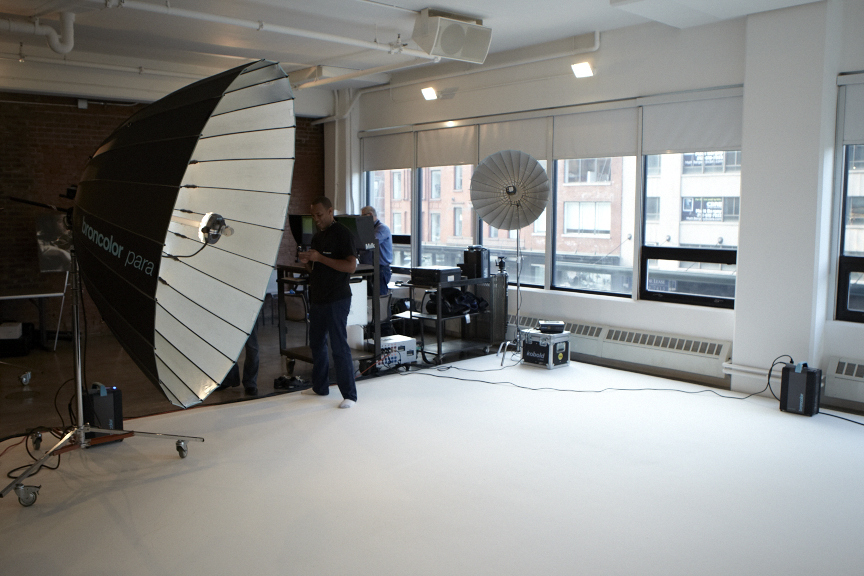
I expected there to be a constant sales pitch going on throughout the conference, but that really wasn’t the case. Of course there were sales and technical reps there from each company, however, there wasn’t any pressure to buy anything there. Unlike some of the DSLR or photography convention shows that are usually just huge sales venues, this smaller conference was a lot nicer, allowing participants to try out the gear and speak to other photographers who have used the equipment.
Everybody there was friendly and Digital Transitions formatted the conference in such a way that I couldn’t miss a thing: every workshop was given twice and the gear was available all day to use. Excellent.
Since I’ve done tons of research on digital medium format photography and recently came off a great workshop series, Northern Short Course in Photojournalism, I didn’t need to sit in on a lot of the talks. I was there to get a feel for the Phase One IQ system and do some networking.
Aside from the constant availability of top-shelf gear, professional female models were there to tend to the mostly male evaluators. They also provided some tabletop product photography as well as splash photography setups.
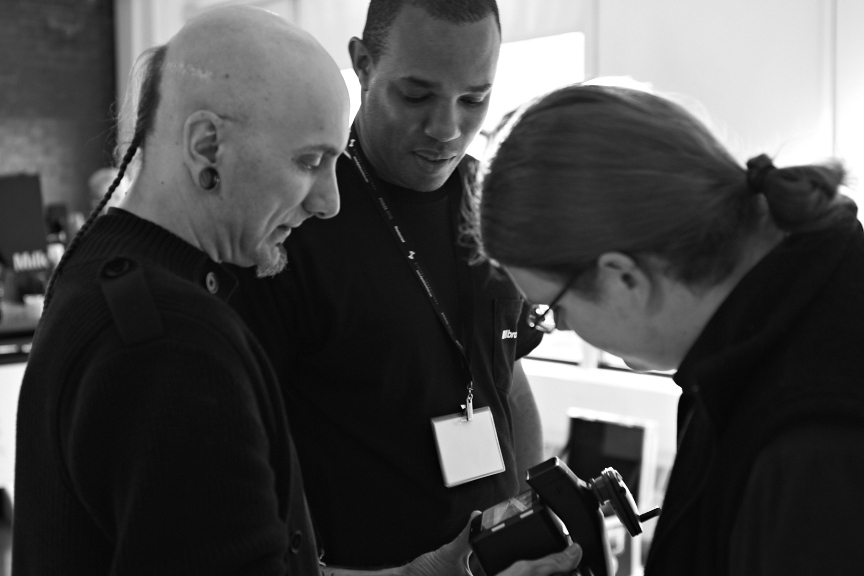
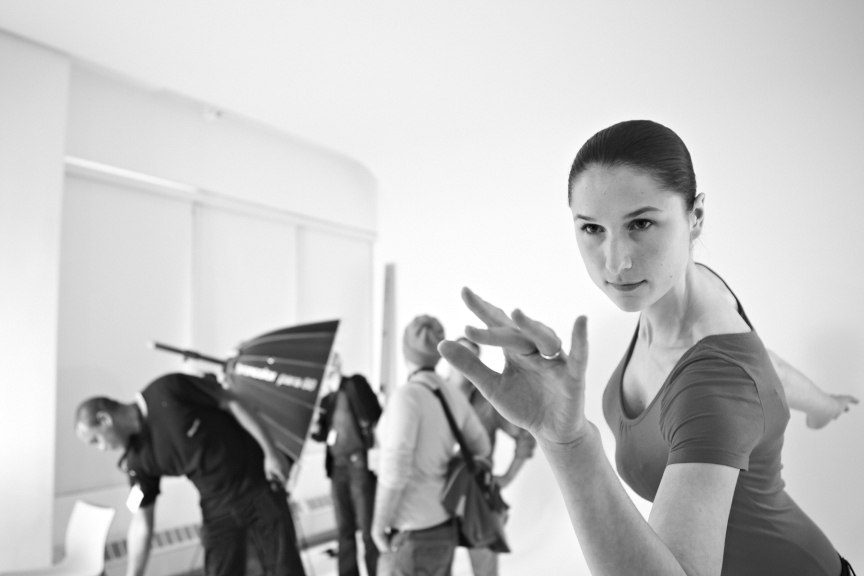

While everyone else was paying attention to the gear, I decided to get to know the models that would be helping us make very expensive decisions with their good looks. While the cameras were great, the ladies were much more interesting and way more helpful and comfortable once I talked with them.
Being a photojournalist is a bit of an advantage because it makes me want to get to know people a little more than just what I need for a nice photo. Learning about someone is much more satisfying and can make a photograph even better (ex. above photo).
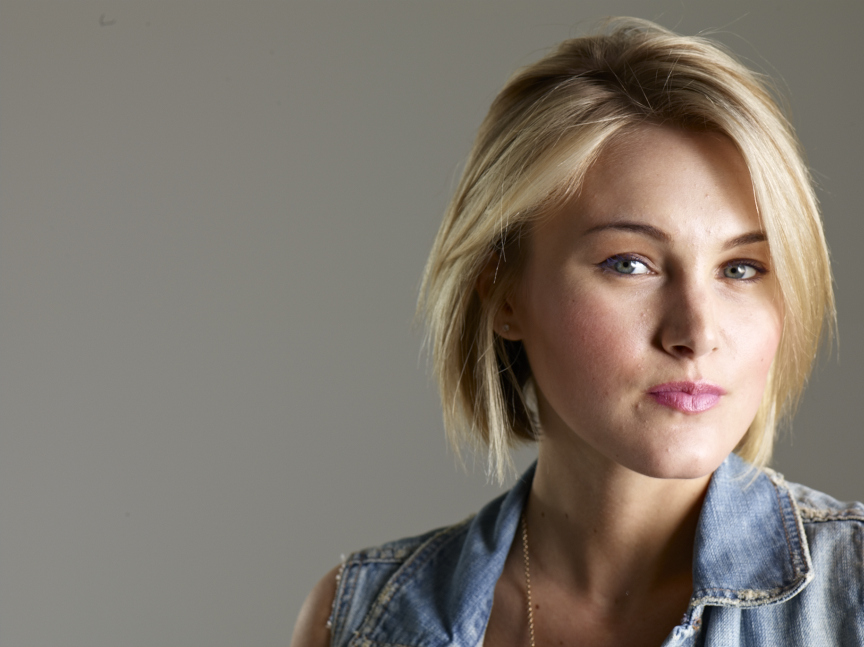
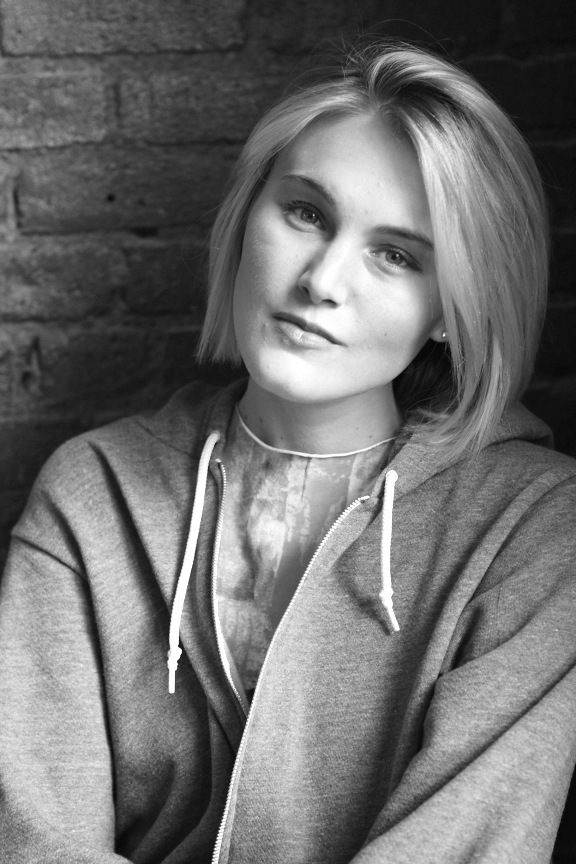
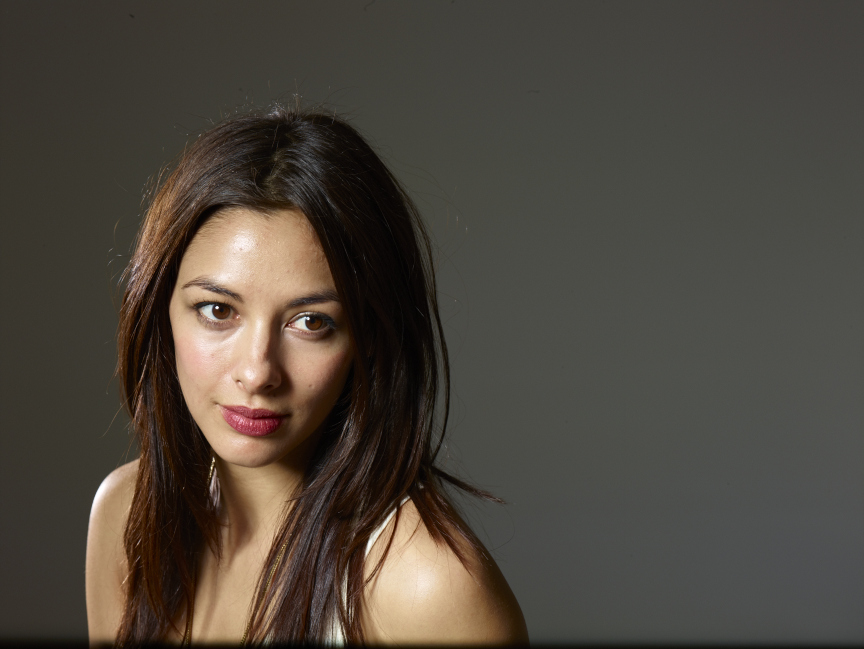
The Phase One IQ system is the latest medium format back from the company. And it is a great system for what it does. The files are sharp and detailed, colors are amazing, and robust. This isn’t just 40, 60, and 80MP of resolution, they’re very high quality pixels too. The 16-bit color depth and 12-stop dynamic range give you more flexibility and robustness when manipulating the image, particularly if your exposure is a little off.
Unlike the latest DSLRs that give you only a 14-bit capture that you can then export into a 16-bit colorspace, the IQ gives you 16-bits from end-to-end. So, now you can use the whole field of color without filling in the gaps. You can pump up contrast further with smoother gradation than with 14-bit captures. In short, you’re providing a higher quality image to your client.
But like anything else in photography, it is just a tool. A really great tool, but still a tool like a hammer. It can do nothing for one’s creativity or skill. It didn’t matter if I had the Phase One to my eye or my 1D Mark IV, I still took the same kind of photographs. The difference was the color, detail, and resolution. The Phase One dropkicks the DSLR from the top of the ropes in those areas.
However, the DSLR is great for everything else. The auto focus, speed, and versatility are leagues ahead of any medium format camera. And for the kind of photography I mostly do (photojournalism, wedding, etc.) I’d reach for the DSLR.
In fact, that is what I used most of the day. I got plenty of time with the Phase One to be convinced that it is an incredible system, but wasn’t star-struck to the point where I wanted it as badly as a top-end DSLR or lens.
I’ve been doing more editorial and commercial photography since working with the National Cancer Institute, but their image requirements and budgets do not justify spending $30K (at least). But the minute they do, Digital Transitions will be getting a call.
The Phase One IQ conference gave me four great benefits, and if you’re considering medium format, attend one of them. Here are those bennies:
- Networked with professional models and a few photographers.
- Showed me where digital medium format photography fits into my work.
- Hands-on experience with cutting-edge photographic technology and lighting.
- Business and portfolio advice from Wonderful Machine, an invite-only agency.
